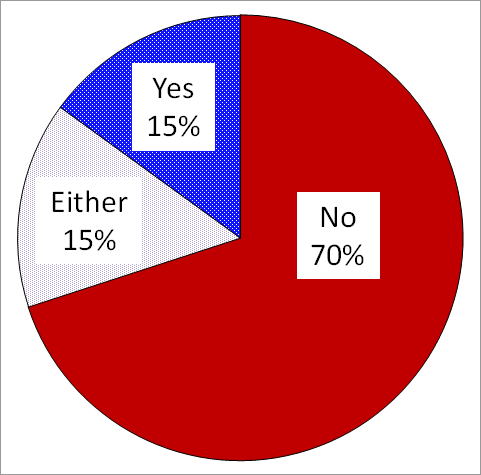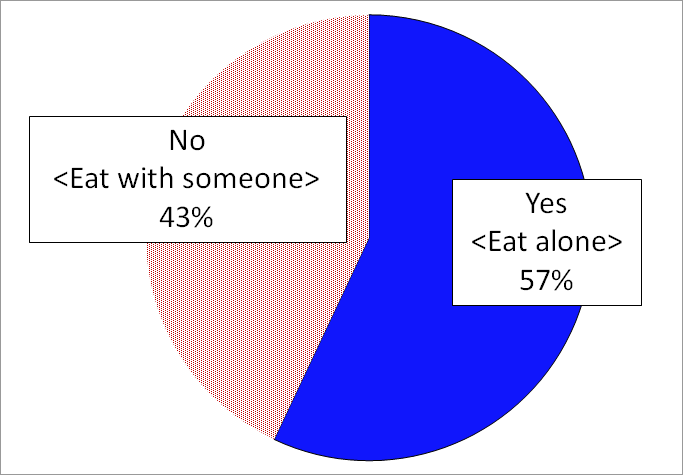Column Finance and the Social Security System 2018.06.29
【Aging, safety net and fiscal crisis in Japan】No.136: Percentage of Older People who are Beneficiaries of Long-Term Care Insurance and Eat Alone
In Column No.37, I indicate that one-person households aged 65 to 74 will increase from 2.8 million in 2015 to 3.8 million in 2040, and one-person households aged over 75 are expected to rise to 5.1 million in 2040, from 4.7 million in 2015. Older people living alone often eat their meals alone, which lowers the quality of life and increases the risk of dementia. However, research has not been conducted on the conditions of older people eating alone.
An interesting survey result, the "Dietary Behavior and Pleasure of Long-Term Care Insurance Beneficiaries in Western Kochi Prefecture," was released at the Japan Geriatric Medical Society Conference held in Kyoto in June 2018. The leaders of this survey are Ph.D. Yosuke Jinnouchi, the CEO of JikeiKai Nakamura Hospital working on comprehensive regional care in the western Kochi prefecture, and Ph.D. Yumi Kimura, Assistant Professor, Graduate School of Human Sciences, Osaka University. They kindly gave me permission to introduce their findings in this column.
Among the older people in Shimanto City and Kuroshio town in Kochi prefecture, the subjects of the survey were people who are certified as Level 1 and Level 2 for preventive care services, and Level 1, Level 2 and Level 3 for nursing care services within the long-term care insurance system. Elderly people with Level 1, Level 2 and Level 3 for nursing care services need a lower severity of care than those with Level 4, and Level 5 (see Column No. 7), and do not necessarily need assistance with meals. The number of valid responses to the questionnaire was 315. While Shimanto River, which is famous for being the clearest stream in Japan and attracts many tourists, is in this region, it is also the most aging and depopulated area in Japan. As illustrated in Table 1, the percentage of older people aged 65 years and older is 35.0% in Shimanto City and 43.2% in Kuroshio Town.
The summary of the survey results is as follows.
1) 70% answered, "no" to "Do you want to eat alone rather than with someone?" (Figure 1).
2) However, 179 out of 315 (57%) are forced to eat alone (Figure 2).
3) 138 out of 179 who are eating alone do not wish to eat alone.
4) While 189 out of 315 have family members living together, 30% of them are eating alone.
5) The percentage of people who are certified as Level 1 and Level 2 for preventive care services is higher in the eating alone group than in the group who do not eat alone.
Table 1: Percentage of elderly people aged 65 years and older in Shimanto City and Kuroshio town

Source: Yosuke Jinnouchi, Yumi Kimura, Hidenobu Fukuchi, Kozue Matsumoto, Kazuyo Oki, and Kana Nishiyama, [Dietary Behavior and Pleasure of Long-Term Care Insurance Beneficiaries in Western Kochi Prefecture], June 2018

Source: Same as Table 1

Source: Same as Table 1
